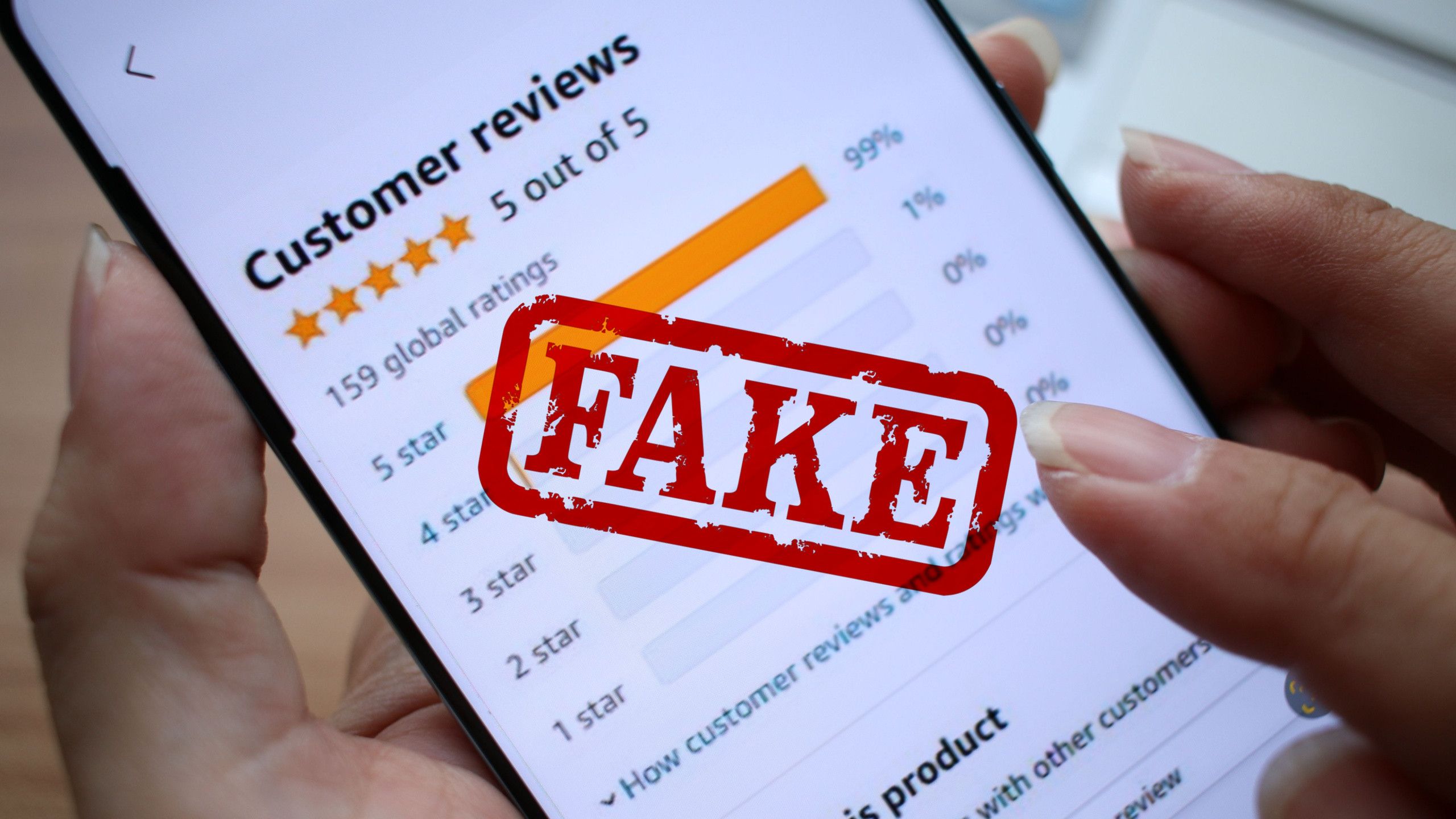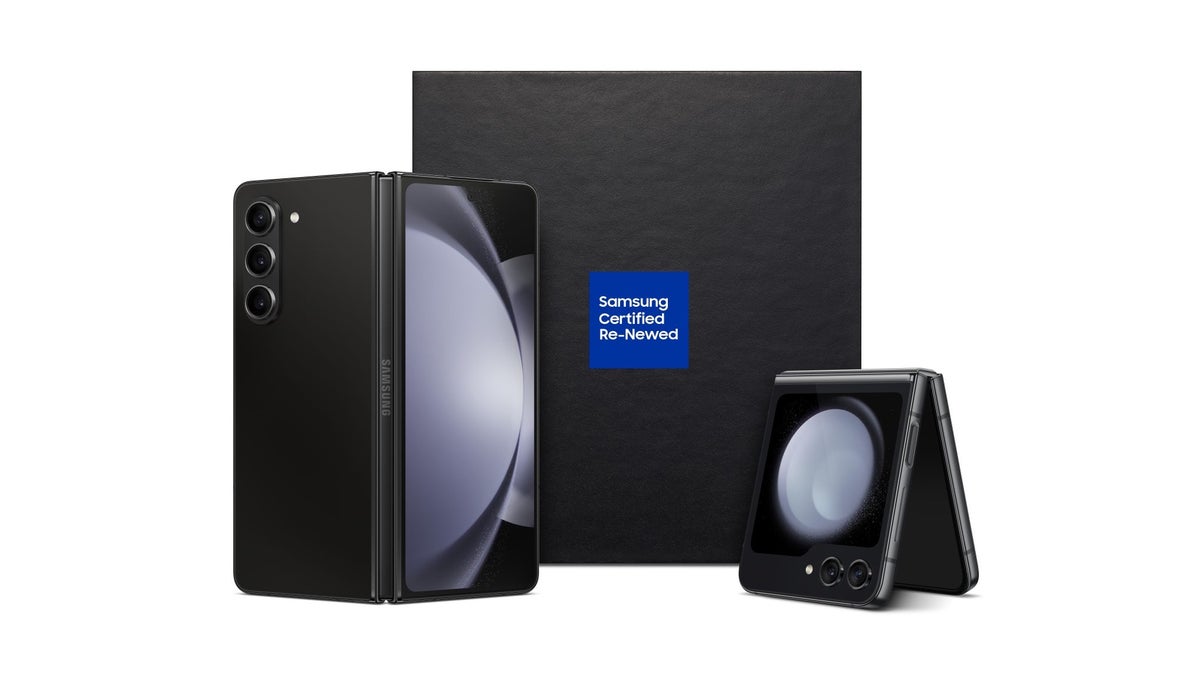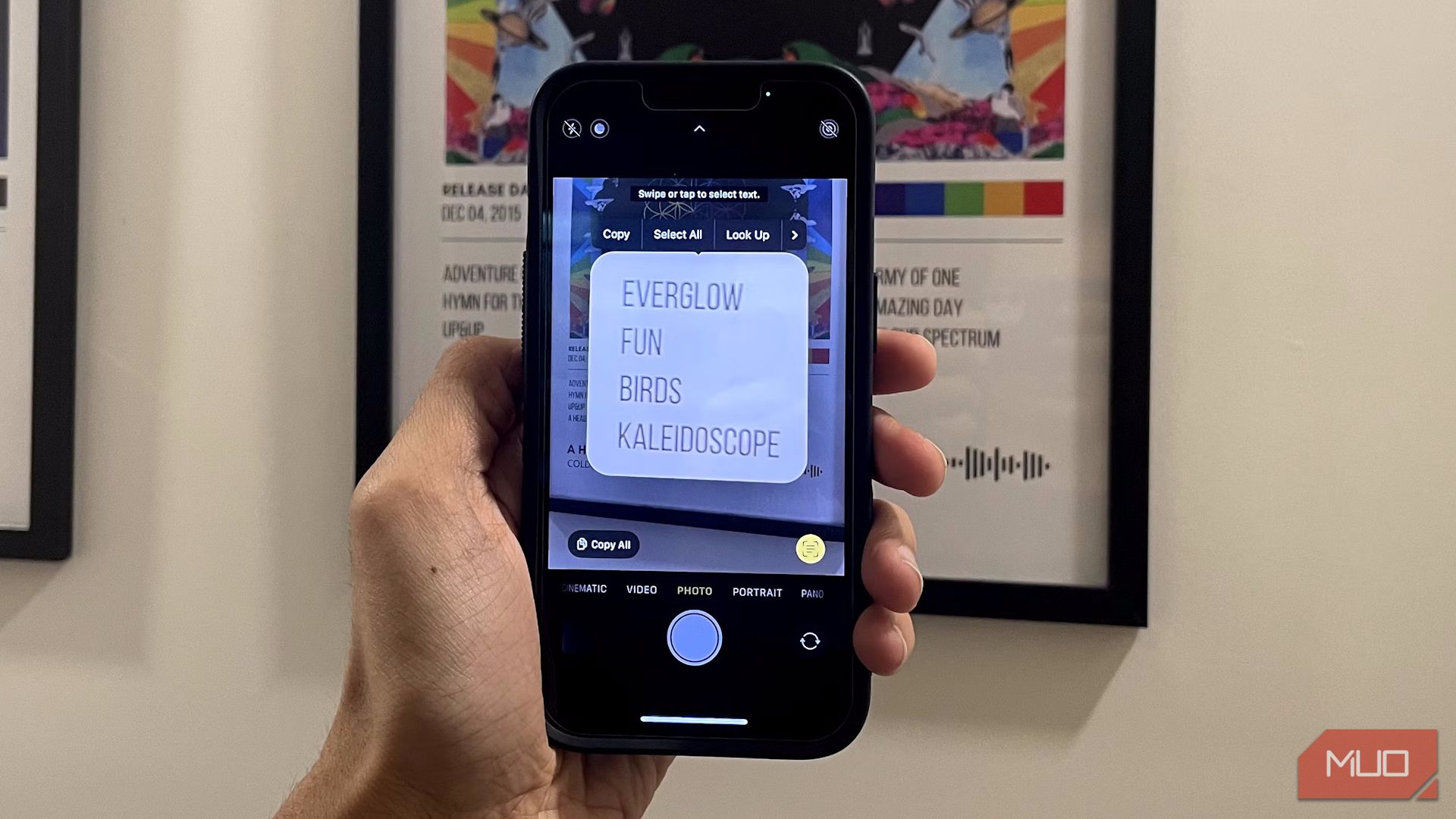Online reviews are great in theory, but the onslaught of fake reviews means it’s too easy to buy a product you shouldn’t trust. That’s why I look for certain signs to identify phony and worthless reviews.
9
Extreme Emotion (Positive or Negative)
Legitimate reviews typically strike a balance between what the person liked and disliked about the product. Even if their experience was mostly good or bad, they’ll likely raise a few points from the opposite end.
You should be wary of wildly positive or negative reviews, by contrast. Dramatically excited reviews can signal a fake, or that the person received a free product. Most people aren’t going to make bold statements like “this changed my life!” genuinely.
Meanwhile, super negative reviews could be from someone who dislikes the company and wants to hurt their reputation, or people who didn’t put the product through its paces properly. Genuine poor reviews will focus on specific issues, instead of ranting angrily. In many ways, three-star reviews can be the most helpful, as they avoid both ends of the spectrum.
8
Overly Personal Anecdotes
Studies of fake reviews have shown that they often “set the scene” by providing a background story, rather than talking about the item on its own merits. If the review spends half its words telling you the person’s life story, how they bought the product after their dog died, or similar, you should be wary.
Such “reviews” attempt to manipulate you emotionally and take the focus away from the product. A good review should help other people decide on the product; it shouldn’t be about the reviewer. The phrase “I never write reviews, but…” isn’t necessarily an issue, but it raises similar suspicions.
7
Excellent (or Terrible) Grammar
Most people write well enough, but not perfectly. Evalute the spelling and grammar for either extreme, which can both be signs of a fake review.
Overly perfect writing can signify the text was AI-generated, especially if it uses a lot of common AI wording (example: “The product aligns perfectly with my needs and preferences, allowing me to achieve my goals effortlessly.”)
On the other hand, excessively poor wording can indicate fake reviews by people whose primary language is not English. These come from something known as click farms, where companies pay small amounts of money (usually in developing countries) for people to perform online fraud, like fake reviews or inflating app download numbers.
6
No Focus on Actual Product Experience
Reviews that focus on tangential parts of the product are not useful. You might see a one-star review that complains because the item arrived late or damaged. We all know shipping issues are frustrating, but they don’t tell potential buyers whether the item is worth buying.
Similarly, beware reviews that talk in general terms. If they only use broad wording like “amazing” without giving specific details, they’re likely bogus. Another form of this is simply repeating information from the product description, which is a sign of a potential AI-written “review”. Someone who’s truly used the product will have more insights.
5
Unverified Reviews
Amazon and many other sites show you when a reviewer bought the product. This is a basic check to make sure the person has properly tried what they’re talking about; be suspicious if it’s not present.
Someone could have had a bad experience with a product purchased elsewhere and then left a negative review on another site as a warning, but this is unlikely. A negative review that didn’t buy the product could be from a competitor or someone else with a bone to pick.
However, just because someone “bought” an item doesn’t mean the review is legitimate. Many companies go around Amazon’s rules and offer people free items in exchange for a review, which usually needs to be positive. A lot of the time, the person is instructed to buy the item normally, then they’re reimbursed via PayPal or another service. In this case, they “purchased” the item, but didn’t spend their own money on it.
4
They Received a Free Product
When a reviewer mentions they didn’t pay for the product themselves, treat their review with high caution. Not spending your own money affects how you see an item. A decent product you got for free might warrant five stars in your mind, but if you paid for it and aren’t fully happy, you’re more likely to leave a mixed review.
Amazon allows this through its Amazon Vine program, which encourages participants to leave unbiased reviews (good or bad). But people who receive free products outside Amazon’s official program (as mentioned above) could be less likely to leave a negative review, as they’ll fear that the seller won’t offer them any more free stuff.
Either way, you shouldn’t give free-product reviews the same weight that you would a normal review. You may even see genuine reviews mention they got the item on sale and don’t think it’s worth full price.
3
Website-Curated Reviews
When reviews are controlled by the hosting website, you can’t trust them. Sometimes these are made-up entirely; other times, they’re real, but the website hides all the bad reviews.
Look for reviews that you can’t click on, a lack of profile pictures, generic wording, or reviews that are actually images (you can click and drag them).
As an example, I wouldn’t trust the reviews on Tom Brady’s TB12 site. The product pages state how many reviews there are, but you can’t read any of them individually and they all have 4.5 stars or above. That’s quite suspicious.
This isn’t a problem on well-known sites like Amazon and eBay, but if you see overwhelmingly positive review text on a VPN’s site or similar, be cautious. It’s not difficult to fake reviews to make you think others trust a product or service.
2
Too Much Humor
It’s possible to write a helpful review that’s also funny, and there are classic examples of hilarious reviews (like the book How to Avoid Huge Ships). But sometimes, people focus too much on the humor and not enough on the product’s merits.
This is a particular problem on Steam, which has an entire category for “Funny” reviews. People will, for example, write a one-sentence review simply to show off how much time they’ve played the game. This doesn’t help you decide if you would enjoy the game, since it gives no detail. If a review is more focused on getting a laugh than on informing, skip it.
1
Red Flags When Comparing Multiple Reviews
We’ve looked at many signs that an individual review is phony, so you have a better idea of which product reviews to trust. To go further, you can also look for trends across reviews from a given account or product.
One red flag is repetitive phrases across many reviews. These can be a sign that the manufacturer is paying for reviews, as they often give people a list of points to highlight. It could also indicate AI-generated text, especially if it’s pulling all the info from the product page.
It’s wise to click the reviewer’s account (if possible) and look at their recent activity. If they give everything five stars, use similar phrases on many reviews, or leave lots of reviews in a short time, you’re likely looking at someone who’s not genuine. You should disregard any accounts with only one review, as well.
For example, I checked one account featured in an image above, and found another review from the account that’s clearly AI-written.
Finally, look at the dates of the reviews. Many reviews being left in a short time, especially for a product that’s not super popular, can indicate the company is paying for them. Lots of the signs of fake reviews on Temu are similar.
Unfortunately, most fake review checkers like Fakespot are no longer available. While checking reviews across multiple sites is another helpful countermeasure against fake ones, you can’t always know with 100% certainty whether a review is trustworthy.
But by thinking critically and applying these tips, I weed out fake reviews and other useless ones I can’t trust.














